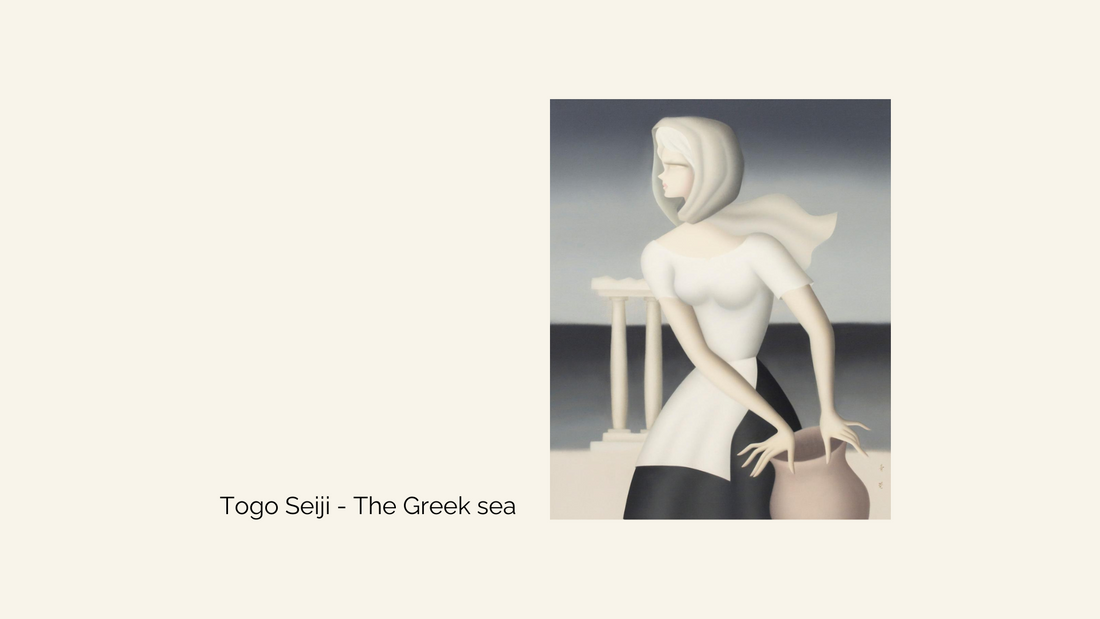Kagoshima’s beautiful and rich nature dominated by the Sakurajima (one of the most active volcanos in the world), its onsen (hot springs) and its coveted local food culture make the city pride and attracts tourists from Japan and all over the world. But today, I would like to take you on an artistic journey, at the discovery of Tôgô Seiji, a Kagoshima born artist known for his delicate and modern depiction of the woman form.
This is at the early age of only 18 years old that Tôgô Seiji held his first exhibition at the Hibiya Art Museum in Tokyo. Later, his life and art will be marked by a 7 years long stay in France from 1921 to 1928 (age 24 to 31 years old). There, he learned from Picasso the importance for an artist to commit oneself to one’s own unique style and proceeded to undertake research into traditional techniques of Western painting, leading him to learn about decorative art and design while also being active in the futurist movement of Milan.
Back in Japan in 1928, the Nika association, a society that reunited a list of legendary Yoga (artistic movement based on the representation of Japanese themes but using western techniques) artists such as Fujita Tsuguharu or Henri Matisse, created a special exhibition of his European works which got
rewarded by the 1st Showa Western Art Promotion Award. He later on actually became a member, advisor and even Chairman of the Nika Society. Tôgô worked on the association resurrection after the WWII and promoted overseas exchanges.
Being a member of the Japan Art Academy and titled “Officier d’ordre des Arts et des Lettres” by the French government, Tôgô Seiji avant-gardist, modern yet nostalgic style is well recognised in Japan and overseas.
If you can appreciate most of his artwork by visiting his memorial at the SOMPO Museum of Art in Tokyo, you can actually discover a few of his pieces at Museum of Art of Ibusuki, Kagoshima. Seeing some of his painting such as Ladies under the Tree (1949), I was personally moved by the purity andclarity of the women representations. The feminine essence and shapes of the figures combined with some natural elements reminded me of ancient goddess which aesthetic appears to be one of Togo’s inspirations while the graphic and refined style kept the art in my opinion intemporal.
At the bend of a “sunamushi onsen” (natural thermal sand hot spring) escapade, the Museum of Art of Ibusuki and the spirit of Tôgô Seiji’s art are waiting for you!

